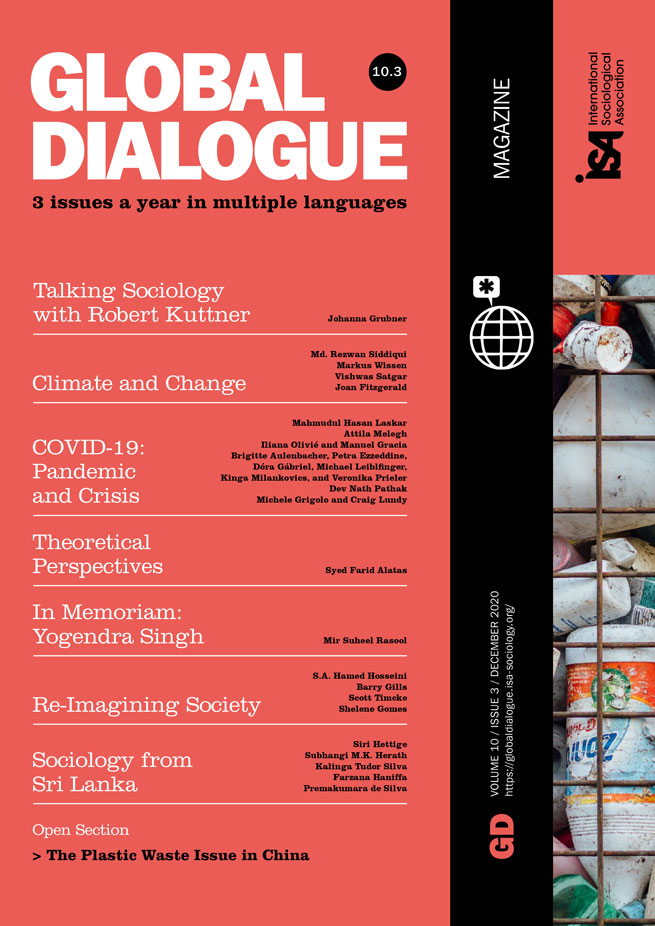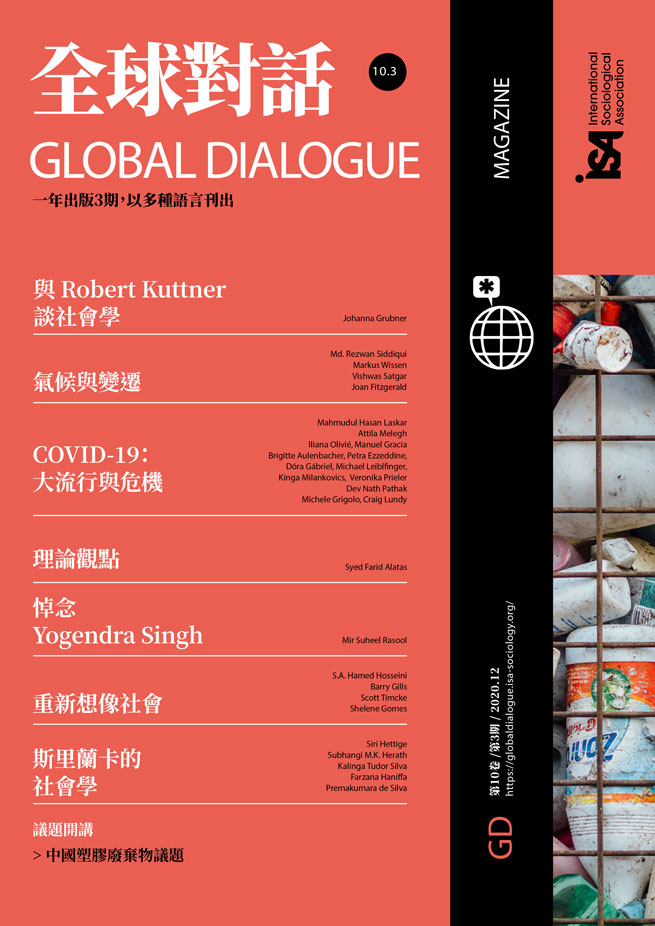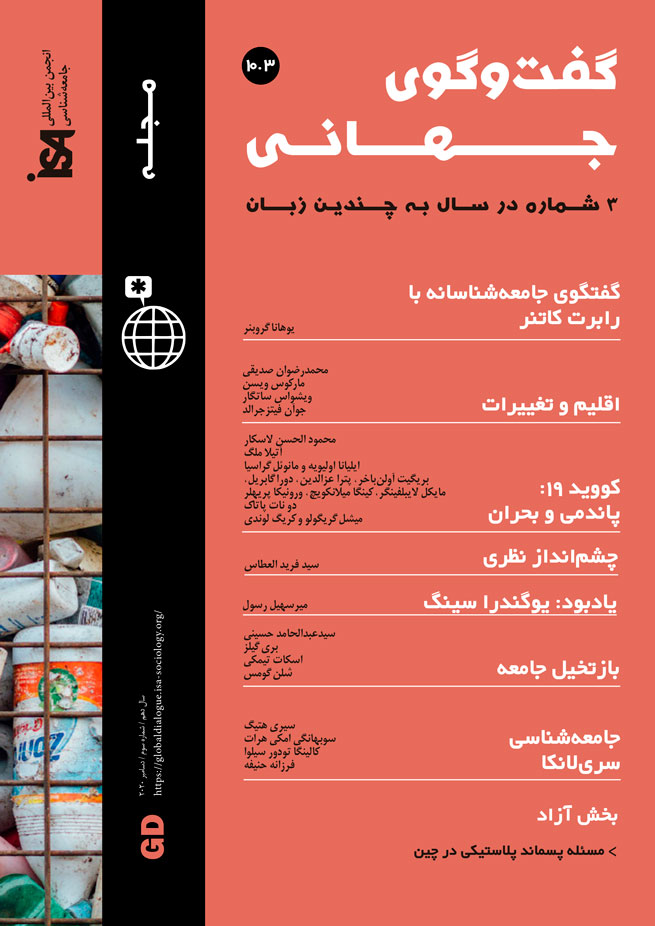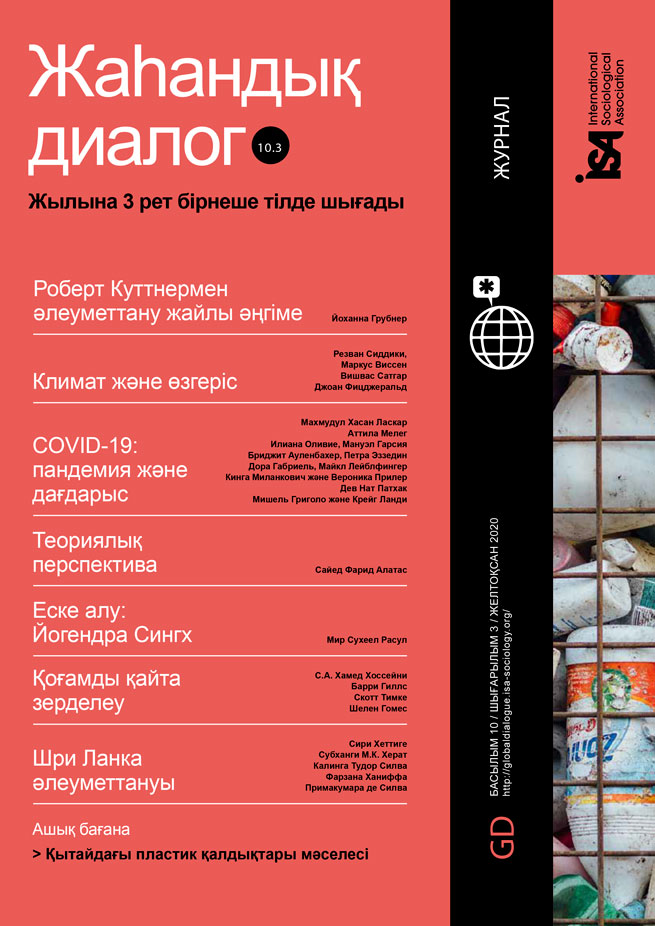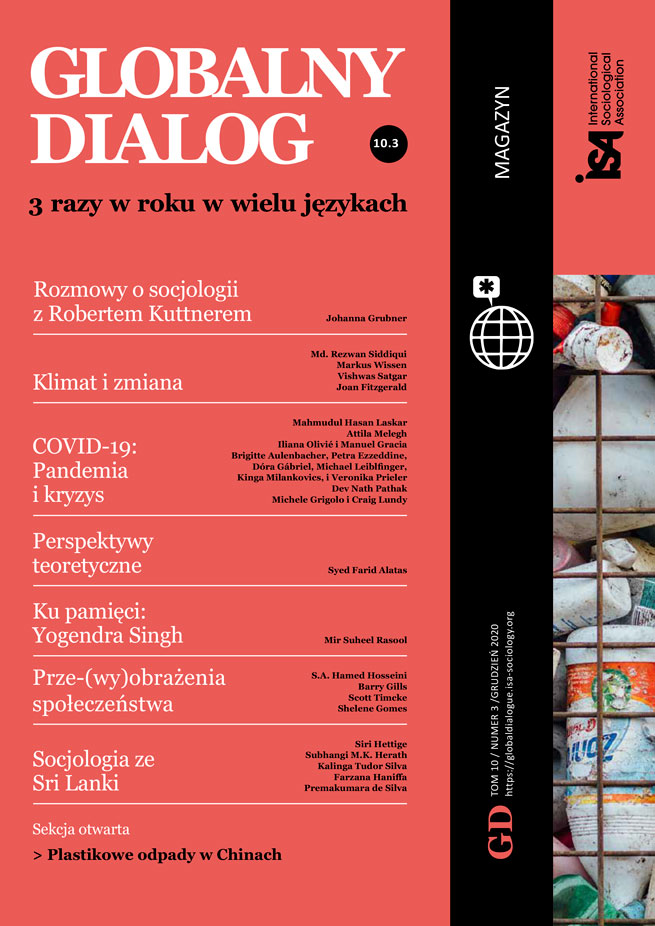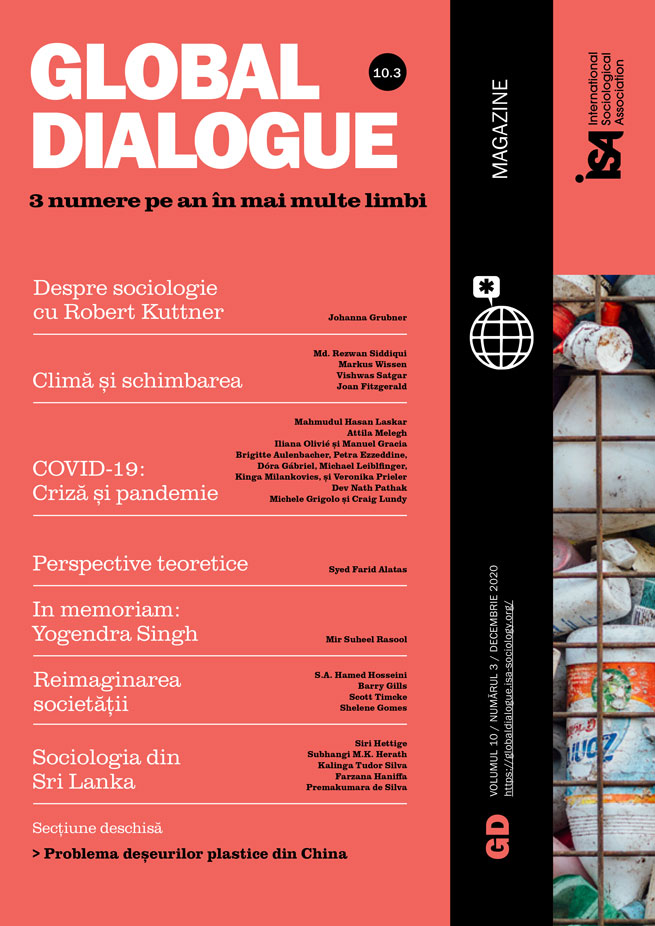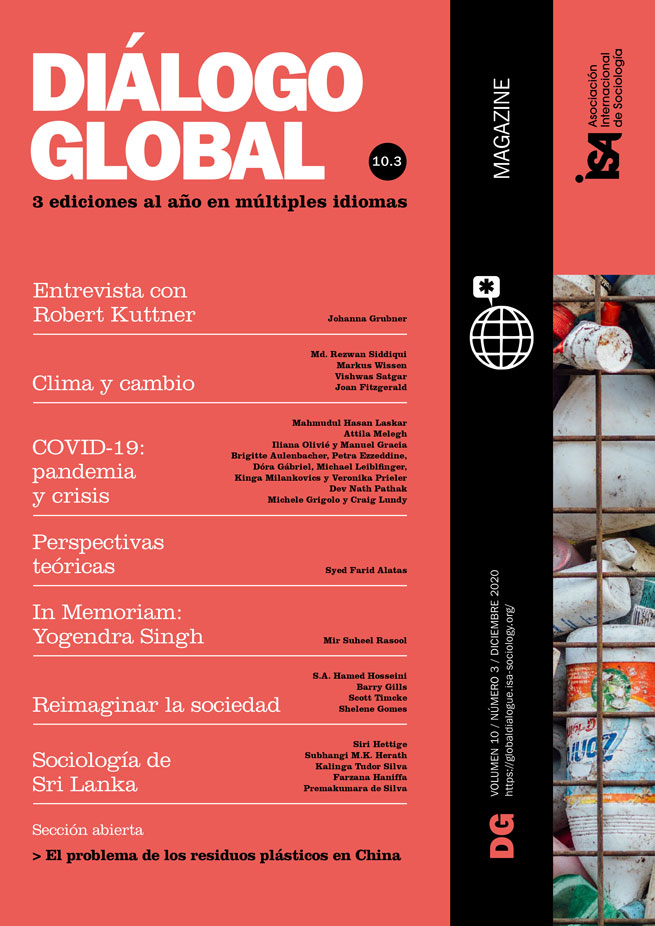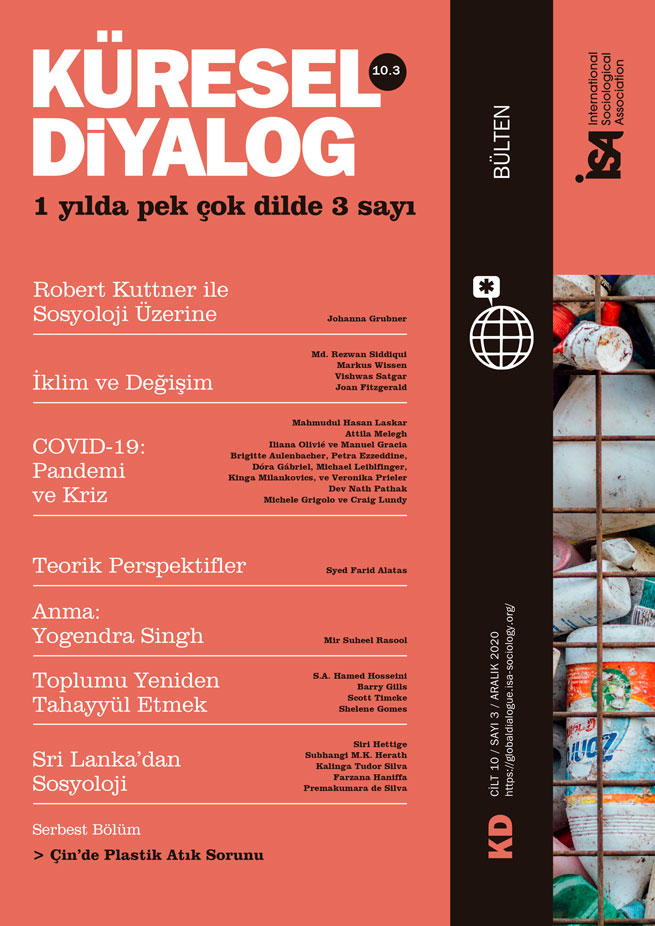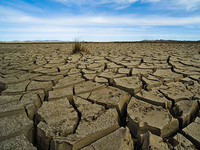How Urban Climate Action Can Rebuild Communities
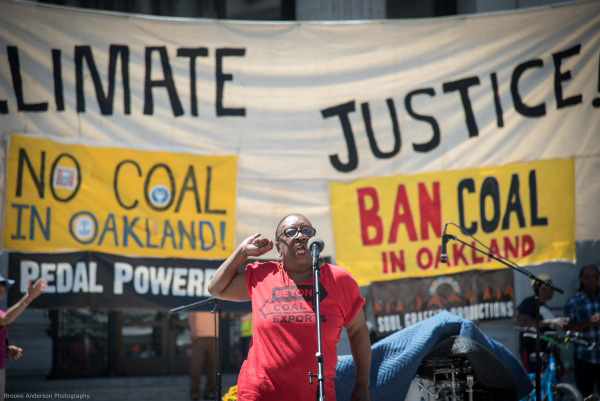
October 29, 2020
The COVID-19 pandemic has revealed two visions of the city. One is the racially and ethnically unjust cities that are the current reality. In US and European cities, death rates from COVID-19 are higher in low-income areas and communities of color. Because they live in neighborhoods that tend to be highly polluted, Blacks and Latinos in the US are more susceptible to asthma and related conditions that leave them more vulnerable to the virus. They are more likely to be in low-income jobs that leave them exposed to the virus. Crowded housing means that distancing at home is impossible. And their neighborhoods often lack basic amenities such as parks and grocery stores.
But the crisis has also revealed an opportunity: a green, equitable recovery that combines climate action with racial and economic justice. Promoting that vision for our frontline communities - those neighborhoods that experience the first and worst effects of climate change - is an urgent priority. Most city climate action plans either don’t mention equity, or just pay it lip service. But increasingly, activist groups throughout the United States, Canada, and Europe are pressing city governments to focus first on climate justice.
Democratic planning
Planning is at the heart of this enterprise. In too many cities, especially in the US, planning is driven by private developers and commercial players. More democratic outcomes require more democratic planning.
Austin, Madrid, Seattle, Oakland, Portland, Providence, and Vienna are among the cities that have recently updated their climate action or comprehensive plans with well thought-out processes for participation by residents of frontline communities. In the best cases, resident groups co-create goals with city officials, analyze goals from a justice lens, and engage in implementation.
These plans help build social, environmental, and economic sustainability in frontline neighborhoods. One of the first elements of the Providence Climate Justice Plan to be implemented is the creation of two green justice zones for priority action, Olneyville and South Providence. Among the potential projects in the zones are building microgrids in key facilities to maintain power when outages occur, weatherization, renewable energy development, job training, and zoning reform to prevent polluting land uses.
Green justice
Green justice zones combine climate goals with social justice goals. The idea is to combine and integrate all aspects of the climate and social justice agenda in a way that engages residents in community building. That might include renewable energy, deep retrofitting, creating community spaces, creating job opportunities, a new zero-net-energy school, new or redeveloped parks, complete streets, green roofs, and more trees to address the urban heat island effect and manage stormwater.
Oakland, California also focuses action in its poorest neighborhoods and has intensified that focus in its 2030 Equitable Climate Action Plan released in July 2020. The plan’s Racial Equity Impact Assessment & Implementation Guide offers strategies for identifying frontline communities, working with residents and community organizations in implementation, and monitoring equity outcomes.
Before this plan, West Oakland had already been designated as one of Oakland’s frontline communities. It is home to three freeways, the port, a wastewater treatment plant, and a jet fuel-powered peaker plant that all contribute to high levels of pollution, resulting in high rates of asthma, stroke, and congestive heart failure and shortened life spans. It is being prioritized for deep carbon reductions in buildings along with fuel switching - replacing natural gas stoves and space and water heating with electric units.
Fuel switching improves indoor air quality and reduces emissions and could, at full implementation, reduce greenhouse gas emissions by 18%. Improving building energy efficiency would result in another 12% reduction and help reduce energy burden - a documented disparity in which low-income families spend a higher proportion of household income on electric and natural gas utility bills.
Citizen science
Part of the reason the City is effective in West Oakland is because of partnerships with longstanding environmental justice groups that have delivered cleaner air and have the trust of the community. The West Oakland Environmental Indicators Project has been focusing on improving air quality in the neighborhood since 2002. Co-founder Ms. Margaret Gordon recalls that her first battle was to redirect trucks that were spewing diesel fumes into the neighborhood on their way to and from the Port.
Since then, the Indicators Project has been partnering with the Environmental Defense Fund, Google, and the University of California, Berkeley in citizen science to monitor air quality in very specific locations. They knew that the state’s air monitoring wasn’t picking up hot spots. One project had residents standing on street corners counting trucks. Another gave residents of senior citizen homes air monitors and had them keep diaries at different times of day, with windows open or closed to find out when pollution levels were highest. In another project residents received training from Intel on downloading data from air monitors kept in their backpacks. Once specific sources of pollution were identified, they could go back to the state with evidence that pollution prevention and cleanup efforts had to be increased.
With all these efforts, has air quality improved? Ms. Margaret Gordon says her windowsills used to be sooty black, but now they’re dark gray. Clearly more pollution abatement has to be done and with the new equitable climate action in place, that should be a priority.
But a city plan isn’t enough. What has made the fine-scale monitoring possible is state legislation and funding. California’s Assembly Bill (AB) 617, passed in 2017, provides multiple layers of funding to support a community-focused approach to monitoring air quality. With the pandemic leaving state and local governments cash-strapped, much of the good planning won’t be implemented. We thus have to wait for the next national administration to fund some version of a green new deal.
Joan Fitzgerald, Northeastern University, USA <jo.fitzgerald@neu.edu>

